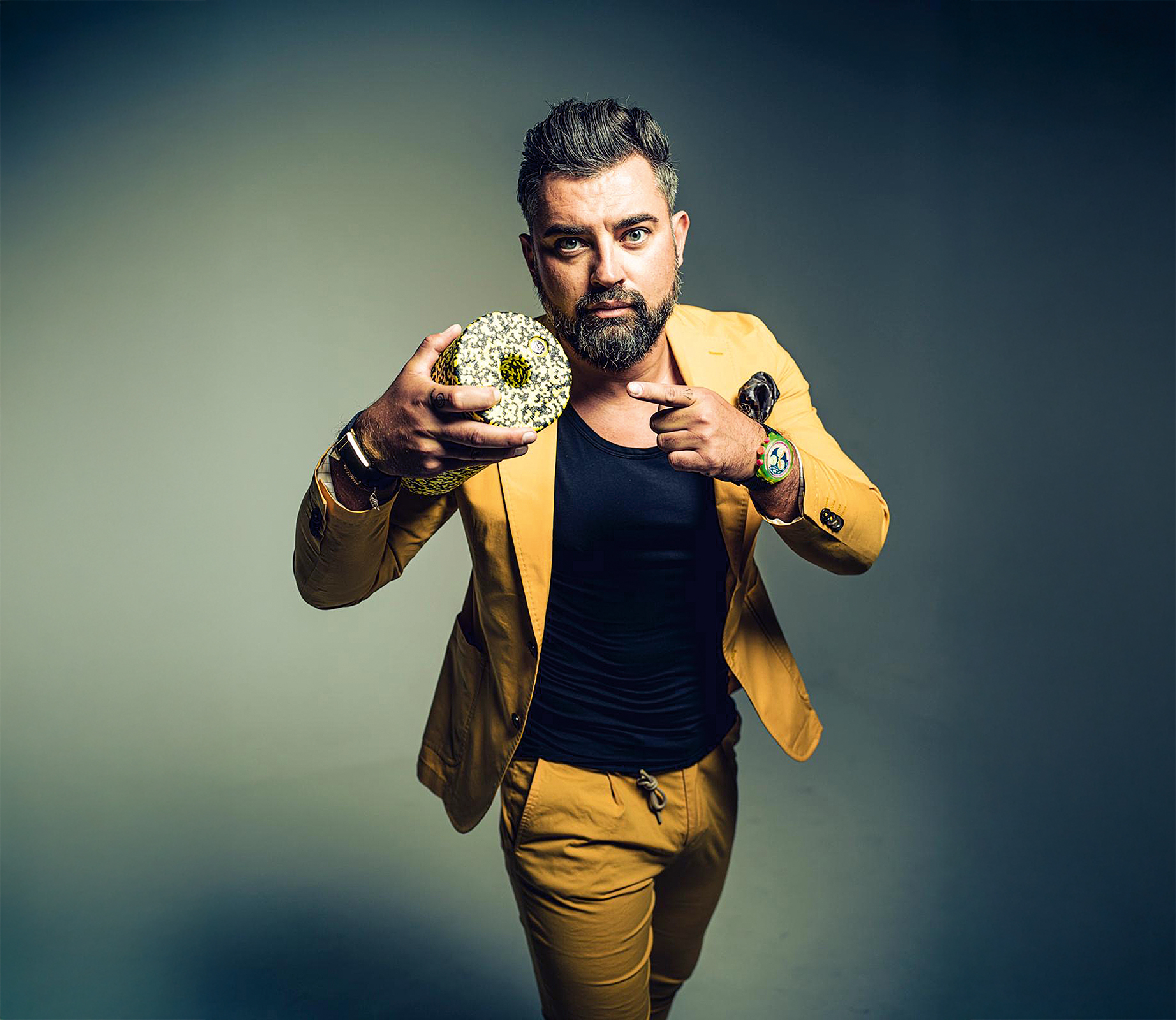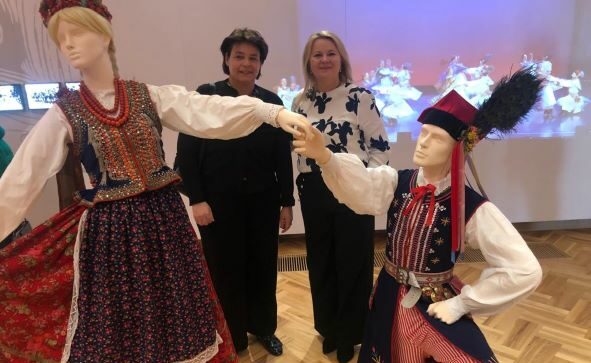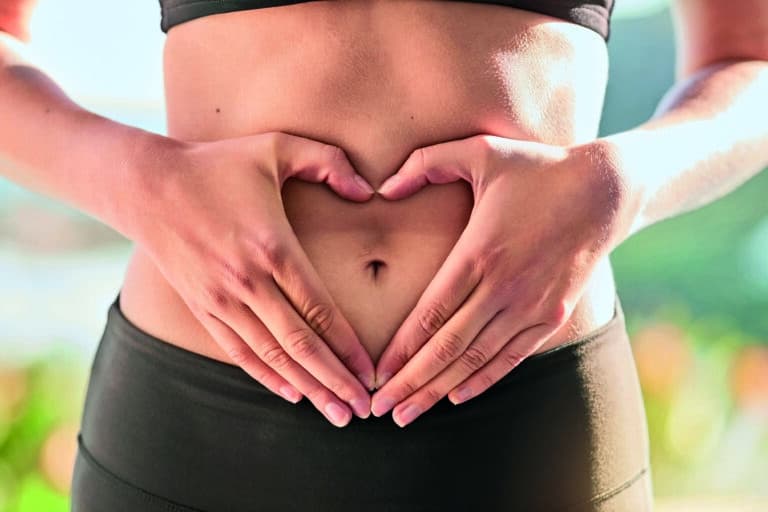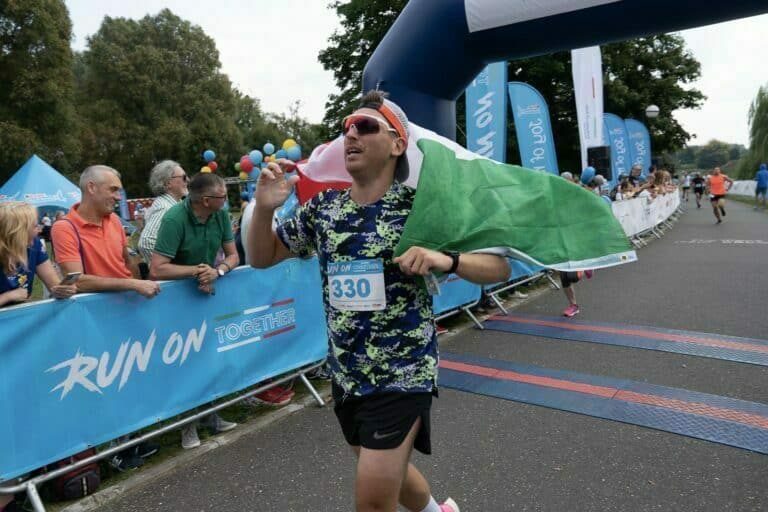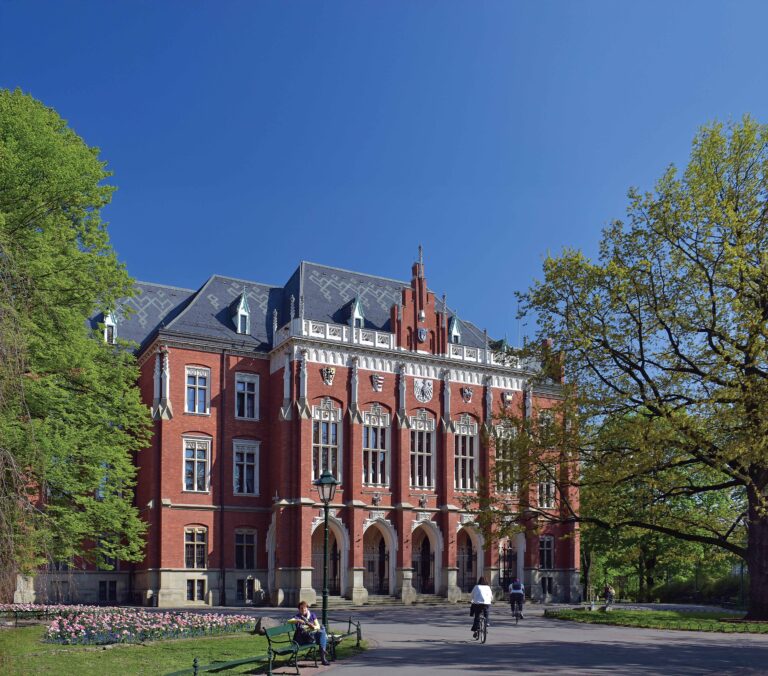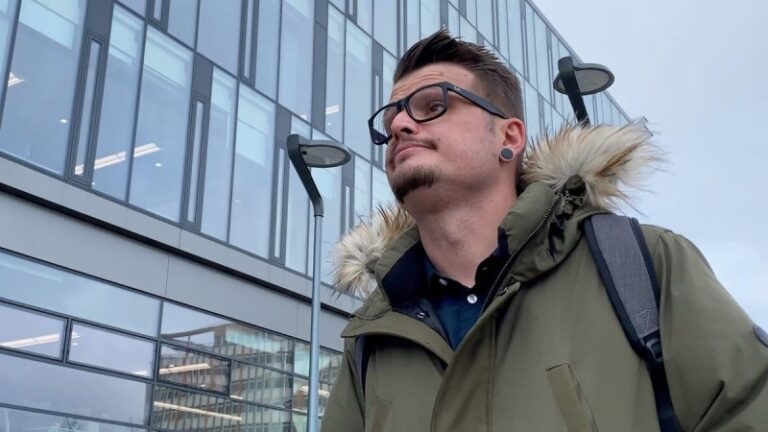An Amateur Has to Be More Professional Than a Pro
On the role of recovery in professional and amateur sports as well as in everyday life, the modern tools that help maintain physical fitness, and the need for education about daily life hygiene in the context of healthy activity — Katarzyna Mazur spoke with MD PhD Bartłomiej Kacprzak, Ortopedic Surgen, Founder OrtoMedSport & KidsRoll, the only certified roller for children in the world.
Doctor, you often say that an amateur has to be more professional than a professional. That sounds like
a paradox – can you explain?
It’s not a paradox – it’s reality. A professional has an entire team – a coach, a dietitian, a physiotherapist, a sports psychologist. They have a plan, time for recovery, regular medical tests. All they have to worry about is training. They don’t clean the house, don’t go grocery shopping, don’t mow the lawn, don’t spend 12 hours at the office. We amateurs, after a full day of physical and mental strain at work, add training on top of that – we go to the gym, run, join a soccer practice – often while tired, unprepared, and uninformed. That’s exactly why we need to act more consciously, more “professionally.” Because we don’t have the support system or margin for error. If we don’t balance out recovery, we overload our bodies in the long run, which can lead to injuries, depletion, and exhaustion.
I work out regularly myself. After a full day of work, it’s definitely another strain, but I don’t really take care of recovery.
Like most physically active people. But if that doesn’t change – if physical effort isn’t balanced with recovery – our bodies will experience stress. That’s why smart rest is key. Active recovery is not just an empty slogan. It means ice baths, yoga, meditation, proper nutrition, massages, and sleep. Working out without recovery is a fast track to injury.
Isn’t physical activity alone enough? Isn’t it the key to health?
Physical activity alone is definitely not enough, especially today, when we’re overwhelmed by work, stress, and domestic responsibilities. Movement certainly calms the mind, but it also stresses the body. If we don’t take care of recovery, like I mentioned before, our bodies – like cars without regular maintenance – will simply start breaking down.
So movement isn’t a guarantee of health?
Exactly. We need balance. The body isn’t indestructible – it’s genetically programmed for about 85 years of life. If we intensely exploit it for 30 years without rest and proper prevention, we’ll reach the point where it needs “repair” much faster – often through invasive means. Unfortunately, today’s medicine too easily turns to part replacement – knees, hips, shoulders – instead of focusing on prevention.
And with age, it probably gets even more complicated?
With age, we just need to understand our bodies better. Each year is another step – not toward weakness, but toward greater understanding. If we want to keep enjoying life, travel, work, and family – we need to service ourselves like a car: regularly, not just when something breaks. An orthopedist or physiotherapist shouldn’t be a rescuer, but a partner in prevention.
You also often talk about the “hygiene of life” as the foundation of health. What exactly is it?
Brushing our teeth is a no-brainer – we do it every day, multiple times a day, no matter what. So why don’t we treat our bodies the same way? Teeth don’t hurt every day, yet we still brush them. Muscles, knees, hips – they work constantly, they ache, stiffen up, yet we don’t take regular care of them. Hygiene of life means daily, small rituals: stretching, recovery, good food, sleep, movement. These aren’t luxuries – they’re necessities.
I’ve heard about your book “Iniekcje w medycynie sportowej,” published by PZWL. It’s a practical compendium of knowledge on diagnostic and therapeutic injections for the musculoskeletal system. Can injections be used as prevention, even for amateurs?
Just like in aesthetic medicine we perform treatments preventively to stay youthful, in orthopedics we should act preventively too. Joint injections – like hyaluronic acid, platelet-rich plasma, or collagen – aren’t only for pain. They can be used before
a problem arises, to delay joint degeneration. You can’t see the result in the mirror, but you feel it during travel, work, and everyday life. This helps avoid more serious procedures or surgeries.
What if an injury has already happened?
The worst thing you can do is immobilize the body for too long. Casts, braces, lying down – these are myths, harmful, and they don’t heal or rebuild anything. Every break from movement slows the healing process. The brain, muscles, ligaments, tendons – it all works as a system. If one part stops working, recovery takes months. We treat injuries with movement. Targeted, conscious movement, supported by physiotherapy and proper home exercises.
What does that “homework” look like?
I tell my patients: you need two bags. One for training – with shoes, bands, a ball. The other – for recovery, with a massager, roller, and other gadgets that support renewal. This shortens healing time, improves load adaptation, and allows for real rest. A patient is not just a “knee” or “shoulder” – they’re a person, a whole body with a mind, emotions, and a daily routine.
Do we have tools today that can realistically assess stress or recovery levels in the body?
Yes. Modern technologies give us tremendous possibilities – we can monitor stress levels, physical load, sleep quality, recovery. We have access to mobile tools: lymphatic drainage, massage devices, compression clothing, cupping therapy. The problem isn’t lack of tools, it’s lack of knowledge and motivation. Patients often don’t know they can take preventive action, and doctors rarely educate them. Instead of healing and preventing, we replace parts – and leave the patient to deal with the problem.
So the key is education?
Absolutely. A visit to the doctor or physiotherapist isn’t just about treatment – it’s primarily about building awareness. Unfortunately, doctors and physiotherapists are afraid of losing patients, so they don’t educate them. That’s a plague in our system. I don’t get it at all. We have 40 million people in Poland and 8 billion in the world. There will always be someone to help and heal. The same goes for PE teachers and trainers. Show your students, clients, what to do before and after a workout so the body can reach the right level of rest and be ready for the next effective and health-promoting effort.
What we represent as professionals – doctors, physiotherapists, trainers – is reflected in the knowledge and awareness of our patients and athletes. Let’s not be afraid to educate, because when patients lack knowledge, they don’t practice prevention. That’s a huge mistake.
We also lack recovery zones in gyms, fitness clubs, on tennis or golf courts, and they should be standard. Recovery is the foundation of health – without it, physical activity can do more harm than good.
What about implants? You mentioned it’s now common practice.
Yes, and it’s very dangerous. Patients often don’t realize that implants – knees, hips, shoulders – are just imperfect replacements. They’re not “new and better.” It’s like with a washing machine – the more you use it, the faster it wears out. A young, active patient with an implant must expect another replacement – with greater risks. As doctors, we shouldn’t let it get to the point where surgery is the only option.
So what should we do instead?
Educate, monitor, prevent, and don’t fall for the idea that “artificial” means better. We have only one body. Let’s care for it the same way we care for our car or electronics – every day, with attention and awareness.
That’s valuable and – unfortunately – still too rarely discussed.
I hope that together we’ll raise greater awareness and encourage daily prevention, because health doesn’t start in the office – it starts with our everyday decisions.

